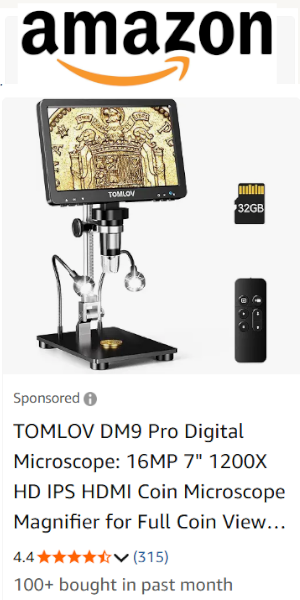Coin collecting is more than a mere hobby; it's a fascinating journey through time and an intelligent investment avenue. Countless individuals from diverse backgrounds find joy and satisfaction in this pursuit. Among the myriad of collectible coins, certain pieces captivate the attention of enthusiasts due to their historical significance and potential monetary value.
Coin collecting is more than a mere hobby; it's a fascinating journey through time and an intelligent investment avenue. Countless individuals from diverse backgrounds find joy and satisfaction in this pursuit. Among the myriad of collectible coins, certain pieces captivate the attention of enthusiasts due to their historical significance and potential monetary value.
The Accidental Rarity: Unearthing the 1970 Quarter
In 1970, an intriguing production error occurred at the U.S. Mint, where a small batch of quarters was inadvertently released without the customary "S" mintmark, a symbol that denotes their manufacture at the San Francisco Mint. This blunder has ignited the enthusiasm of collectors everywhere, eager to find one of these rarities in their pocket change.
Identifying the Valuable 1970 Quarter
To spot a potentially valuable 1970 quarter, scrutiny begins with the obverse, or front, of the coin, where the profile of George Washington is prominently displayed. The absence of the "S" mintmark sets these quarters apart from their standard-issue counterparts, signifying their scarcity and drawing the attention of avid collectors.
Condition Matters: Assessing a Coin's Worth
The state in which a coin is found significantly influences its desirability and value. Those held in mint condition—untouched by the effects of circulation—are prime candidates for top-dollar offers from both collectors and investors. Coins with minimal wear exude a charm that is often rewarded by their heightened monetary value on the market.
Authenticity Verification: Weight and Composition
Verifying a coin's authenticity is essential. A genuine 1970 quarter should tip the scales at approximately 5.67 grams with a composition predominantly of copper complemented by nickel. Contemporary quarters have witnessed a shift in weight and composition—integrity checks become an indispensable step for any discerning collector.
Grading and Value: Understanding Nuances
Several variables dictate the worth of a 1970 quarter, with coin condition reigning supreme. Renowned grading services such as PCGS and NGC evaluate and grade coins on a scale from poor to perfect. Those awarded grades like MS70 or PR70 are considered the cream of the crop, reflecting their pristine state.
Rarity Meets Demand: The Price Equation
A coin's value isn't solely contingent on its condition; demand plays a pivotal role. The mysterious release and scarcity of the 1970 quarter have fueled collector interest, potentially propelling the prices for high-grade specimens to astonishing highs.
Professional Grading: A Worthwhile Consideration
Investing in professional grading can be advantageous, providing a credible and objective assessment of a coin's state, genuineness, and rarity. Such validation can be instrumental in enhancing a coin's perceived and actual market worth.
The Collector's Edge: Knowledge and Attention
Finding a valuable 1970 quarter in circulation might appear improbable, but it's not impossible. The key is maintaining vigilance and nurturing a deep understanding of numismatics. Through continuous learning and sharpening their eye for detail, collectors are more likely to discover that one elusive coin which could amplify their collection's importance and worth.
Conclusion: A Numismatist's Delight
The 1970 quarter without the "S" mintmark remains a coveted gem among collectors. This accidental anomaly reminds us that a single misstep in the minting process can result in a windfall for the observant collector. As such, one should never underestimate the treasures that may lie hidden in everyday coinage. Keep searching, and who knows? Perhaps you'll be the one to unearth the next numismatic treasure. Happy collecting!
[Remember, the values, insights, and information expressed in this article stand as of the last update and may have changed since. Always consult the latest resources or professional advice for current market trends and coin values.]
Information for this article was gathered from the following source.


